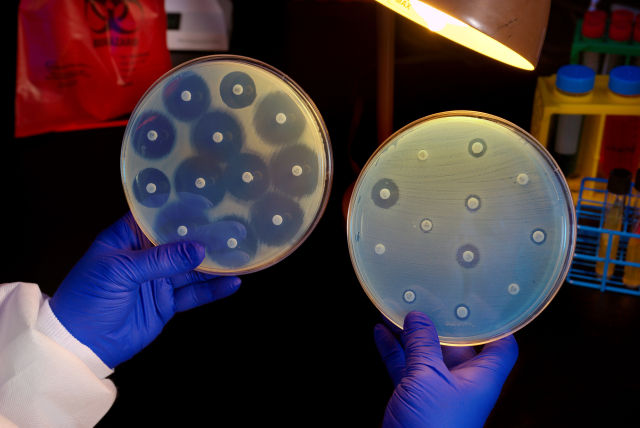In 2050, superbugs may kill 1 person every 3 seconds, report warns
Ars Technica » Scientific Method 2016-05-20

CDC staff show two plates growing bacteria in the presence of discs containing various antibiotics. The isolate on the left plate is susceptible to the antibiotics on the discs and is therefore unable to grow around the discs. The one on the right has a CRE that is resistant to all of the antibiotics tested and is able to grow near the disks. (credit: CDC)
Without new drugs and drastic changes to the way we use antimicrobials, the future may have a lot in common with the dark ages, warns a new report commissioned by the UK government and released Thursday.
In an ominous description, the report suggests that by 2050, antimicrobial-resistant infections could sop up $100 trillion from the global economy while killing off 10 million people per year—about a death every three seconds. In addition, common procedures, such as gut surgeries, C sections, hip replacements, and therapies that suppress the immune system, including cancer chemotherapies, may be ditched for fear of sparking resistant, life-threatening infections. Thus, childbirth could once again be widely considered a deadly endeavor, joint injuries could go untreated, and curable diseases could revert to incurable.
This grim view stems from modeled scenarios carried out by two consulting groups, auditors KPMG and Rand Europe, for the report. But those numbers are likely an underestimate, the authors note. The report only accounts for a handful of types of antimicrobial infections, and it is limited by poor infection records. Currently, experts estimate that drug-resistant microbes cause 700,000 deaths per year globally, but that number may also be an underestimate. The new report also didn’t account for all indirect healthcare costs.